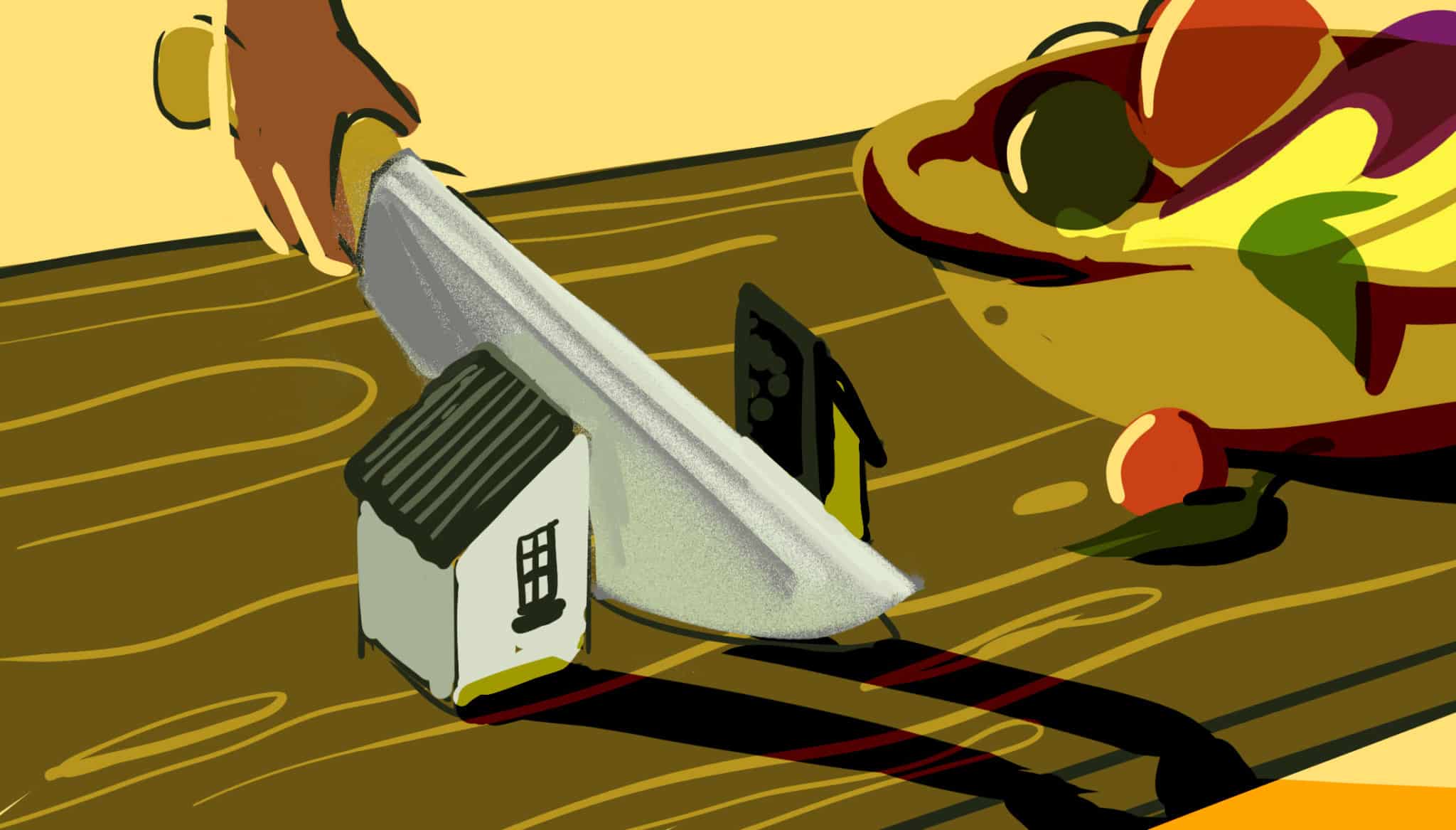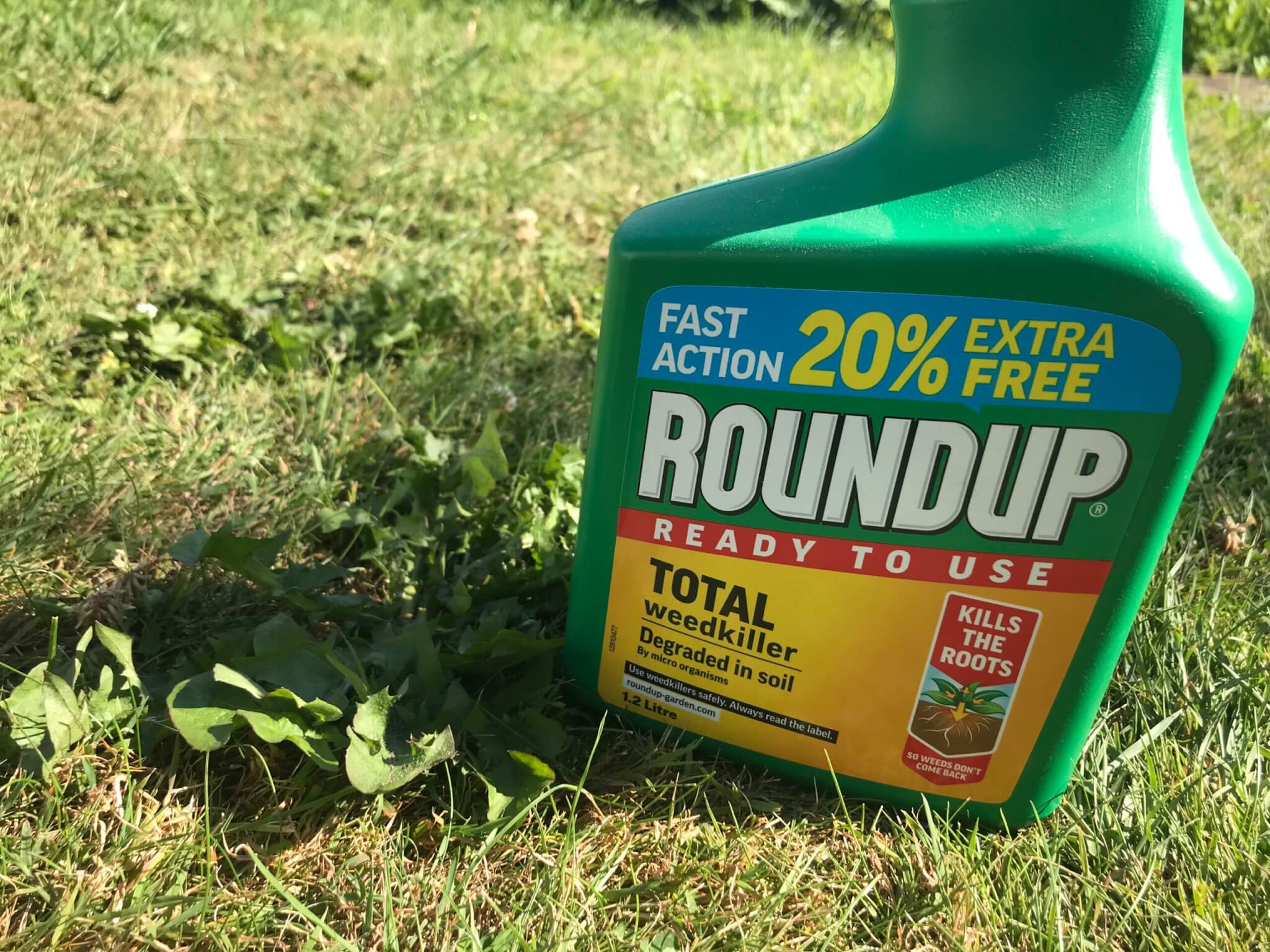Why should foodies care about housing? You might think your interest in animal welfare, low pesticide, low carbon and nature-friendly food would have little to do with the roof over your head.
In fact, what land is developed, how food is considered in new developments and, crucially, the soaring price of houses and rentals could well be some of the biggest barriers to ever achieving a truly sustainable food system that is affordable to all and not just a wealthy few.
The drive for cheap food has intensified since the cost-of-living crisis has brought household expenses into sharper focus, with some people already turning away from more expensive sustainable products. Meanwhile, politicians and supermarkets can often be heard using ‘cheap food’ as one of the main justifications for unsustainable decisions.
But perhaps this obsession with cheap food is a red herring in the face of a bigger, more complex problem: how to tackle expensive housing, and therefore bring a greater proportion of income back into pockets to make food choices more feasible.
According to the Office for National Statistics, between 1957 and 2017 the share of household expenditure spent on food has halved. This partly reflects our larger incomes, smaller households and a greater choice of products at different price points. But over the same period, the share of our spending going on housing has doubled, with transport not far behind.
The issues around housing, affordability and inequality are complex socioeconomic trends, many of which can be traced back to Margaret Thatcher’s decision to sell off the country’s council-owned housing, sparking decades of inequality. Without going into the political history, here are three main issues connecting food and housing today that could help join the dots for a more holistic understanding and potential solutions.
Between 1957 and 2017, the share of household expenditure spent on food has halved. Office for National Statistics
Where to build
The amount of agricultural land set aside for housing and industry rose from 60 to over 6,000 hectares per year between 2010 and 2022, according to new research by the countryside charity (CPRE) that cuts to the heart of the brownfield-greenfield problem.
As a result, almost 300,000 homes were built on more than 8,000 hectares of prime farmland, at a time when climate and volatile geopolitics should mean we are producing more food in the UK. Meanwhile, previous research by CPRE has shown there is space for 1.3 million homes on previously developed land (brownfield sites), much of it in areas of the Midlands and North most in need.
The problem is, brownfield sites are much more expensive to develop, as they have been previously used for other purposes and need clearing before groundworks can begin, which increases the cost and reduces the profit for any likely developer. “The cost of developing land that has history goes right up so it might not have any value,” says planning lead at campaign group Sustain, Gillian Morgan. “That’s why a greenfield site is absolutely lovely, because you can start digging straight away for water and electricity pipes.”
CPRE chief executive Crispin Truman explains: “For the first time in several generations, our food security is at risk – yet we’ve seen a 100-fold increase in the loss of our best farmland to development. Heating, eating and housing are fundamental needs. We need to know what to put where.
“As we face a cost-of-living crisis, housing crisis, and the adjustment of our farming sector to post-Brexit subsidies, we have multiple, critical priorities for our land. We need to move away from intensive farming and towards a more ‘multifunctional’ approach, reconciling food production with better management for natural and cultural heritage, and for public access.”
Heating, eating and housing are fundamental needs. We need to know what to put where. Crispin Truman, chief executive of CPRE
The solution? In the old days, it would have been local councils – now drastically underfunded – who would do some decontamination to prepare a brownfield site and make it more appealing to developers. Those days might come back, believes Morgan, although to be effective they need to come alongside work to integrate a better food economy.
Communities, not towns
Once you have a site, the next radical solution that could transform people’s connection and access to good food is how that site integrates food growing.
“If you build new houses, there are certain things that should be normal, such as the space to be able to grow food, which would help normalise where food comes from in the urban environment,” says Morgan.
“Urban people often don’t know where food comes from and don’t value it, or they don’t realise the effort that goes into producing it.” Things like fruit trees, edible hedges, and pots of herbs could all help achieve this, says Morgan, who describes how “kids on the way to school could see an apple and think it’s normal.”
“When it comes to bigger developments of 250 houses or more, a developer will bring in a landscape designer,” she says. “And often they don’t know about food growing, so they might put a little corner in and label it ‘allotments’. It’s unlikely to be successful. If you call something a community garden, it needs to be integrated and have a facilitator to keep it going.”
If you build new houses, there are certain things that should be normal, such as the space to be able to grow food. Gillian Morgan, planning lead at Sustain
Where food and housing can be transformative is when councils take a leading role, as is happening in Carlisle. “It used its status as a Sustainable Food Place, so they had a vision about their city that included food, which was picked up by local planners,” says Morgan.
Now there’s work going on at St Cuthbert’s Garden Village where it hasn’t just been sold to the developer; they’ve very much set the framework and there’s a lot in there about food and food growing. Things like orchards, green footpaths and amenities.”
This kind of planning helps developers, who can work out the cost, their profit, and what kind of housing they can build. They can then go to the landowner and bid at a more accurate price. “If they get it wrong and pay too much, it has to come off at the end. They still want the money to walk away with so it gets squeezed in the middle,” says Morgan.
The P word
The price of food has become a monumental barrier to any meaningful scaling up of sustainable farming. And it’s not just about affordability, but about priorities, time, confidence, and what food is actually for sale.
I’d love to see salaries and benefits go up, but that on its own won’t do it. It’s also about communities understanding supply chains. Jonathan Pauling, chief executive at Alexandra Rose Charity
“Even people like me, I’m a manager of a charity and I’m a foodie – I believe in this stuff, but when I’m busy at the weekend I go to Asda, because it suits the time I have available,” says Jonathan Pauling, of fruit and veg voucher charity Alexandra Rose.
“It’s weird the way we make financial choices around food,” he continues. “The evidence at the moment is that people are cutting down on sustainable food, but still going out to eat and buying a bottle of £12 wine.
“I’d love to see salaries and benefits go up, but that on its own won’t do it. It’s also about communities understanding supply chains and connecting them to rural livelihoods.”
On housing more specifically, campaign group Priced Out wants rising house prices to be halted to allow wages to catch up, but says fundamentally the problem is a lack of supply of new housing.
This will all take significant political action. But the benefits are clear, as Morgan adds: “The price of housing, whether you rent or buy, is a fixed cost. That takes the top portion of all of your income and it’s only what’s left that can go on other essentials.”
Bridging the gap
Many of these problems won’t be solved with one solution, but many of them do involve cost and societal inequality. To this end, a new project called Bridging the Gap has won £1.5 million in funding from the National Lottery to test various financial mechanisms that could help make local, sustainable food more affordable. These might include subsidising access to veg box schemes or ‘prescribing’ fruit and veg as part of social care. “It really is about how do you come up with financial mechanisms to subsidise the food system that we all need,” explains Alexandra Rose’s Jonathan Pauling, which won the funding with city farm Growing Communities and campaign group Sustain. “You could increase benefits and minimum wage, but that won’t allow people to buy from a nature-friendly farming system. It’s not there for one, in places like Liverpool, Glasgow or Barnsley. And if it is there, it’s not as cheap as a supermarket.”
Join a campaign
Priced Out is England’s campaign to reduce the cost of decent housing, running petitions and lobbying government for reforms that would make the housing system work better for citizens.
Citizens UK runs citizens’ assemblies to give people a voice in housing campaigns including the post Olympic housing legacy, and challenging criminal landlord behaviour.
This article was originally published in the Autumn 2022 print edition of Wicked Leeks. You can read the full issue online now.









0 Comments